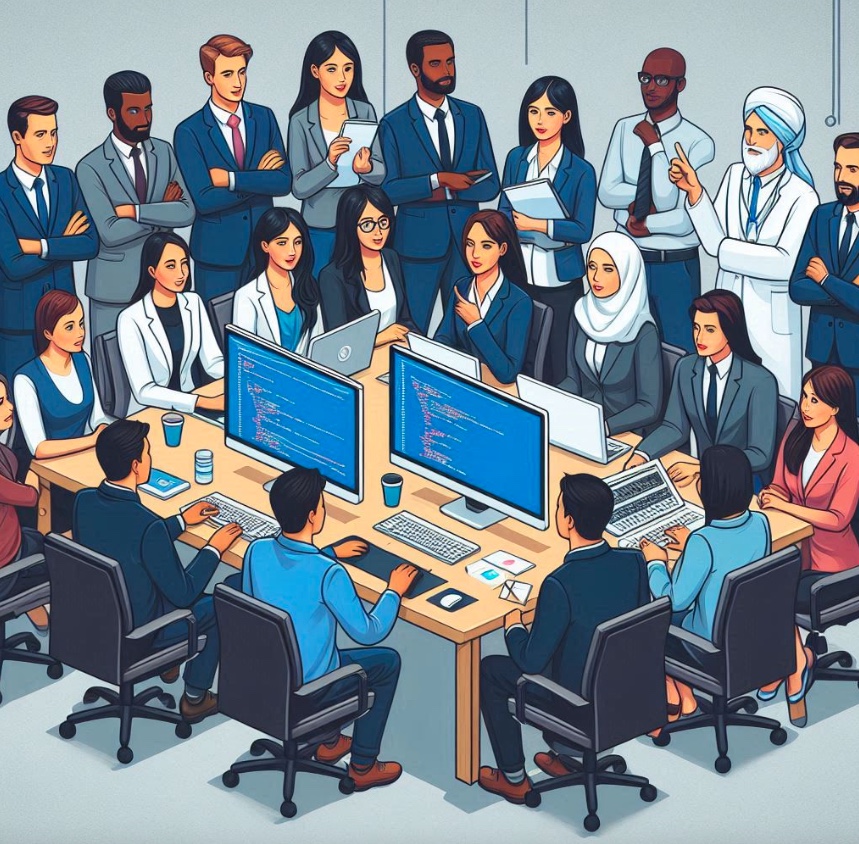CAIO: Artificial intelligence underwent a paradigm shift in November 2022 from a technology advancing in the background to a frontline business strategy. Today we have reached the next phase of generative artificial intelligence, with consumers embracing the technology and organizations beginning to invest at scale. Gen AI is set to fundamentally change the way companies function and thrive. Simply put, it will rework work, particularly among so-called knowledge workers, while also facilitating the emergence of new job roles.
Such is the case with the CAIO or Chief Artificial Intelligence Officer. With the fast pace of adoption and rapidly changing regulations, companies are trying to figure out how to advance their AI strategies safely and ethically. What is the first order of business for a new CAIO? Put reliable AI guardrails, not hurdles, on the AI highway to be the outriders for those who will follow. CAIOs should ask themselves critical questions when mobilizing their governance programs: Where should AI be used in their organization? Is there a responsible use policy that governs its use? Is there an efficient approach to monitoring and managing controls?
Professional impact of CAIO
More than half of consumers say that generation AI significantly impacts their professional lives now, and even more believe it will dramatically impact their professional lives two years from now. These numbers increase significantly for younger generations. However, there is some division about “how” it will change professional life. The unknown may seem daunting, but familiarity breeds comfort. Organizations can help address employees’ fears by putting AI generation in their hands using safe and secure systems and providing training and development.

Perhaps even more critical, broad accessibility is how the innovation curve is triggered with AI generation. A top-down approach to use cases is unlikely to identify the most exciting opportunities, whether it is a new product, a business model or a huge increase in productivity. Therefore, Training is needed; not surprisingly, many companies are eager to help their employees with mandatory training on generative AI. This is because CAIOs must have the authority and influence to mobilize their organizations, from everyday knowledge workers to their executive peers and the board of directors. The need for a comprehensive change management and communication strategy cannot be underestimated.
Ready for the future
In this time of disruption, AI-first organizations will likely emerge as winners; those that are slow to evolve may find it challenging to keep up with their more agile competitors. The “fast-follower” advantage has shrunk. For CAIOs, this presents a huge challenge and an opportunity to lead their organizations into the future.
According to a survey conducted by three Italian ISTAT researchers, Massimo Armenise, Luigi De Iaco and Marianna Mantuano, and just presented at the National Statistics Conference, the European country where labour is most exposed to AI is Sweden, one of the member states where the digitization of work is most driven. This exposure does not have any kind of positive or negative connotation on job loss or gain for the time being. It is still too early to understand the real effects on the world of work related to the mass advent of AI, which will take place in the coming years.



